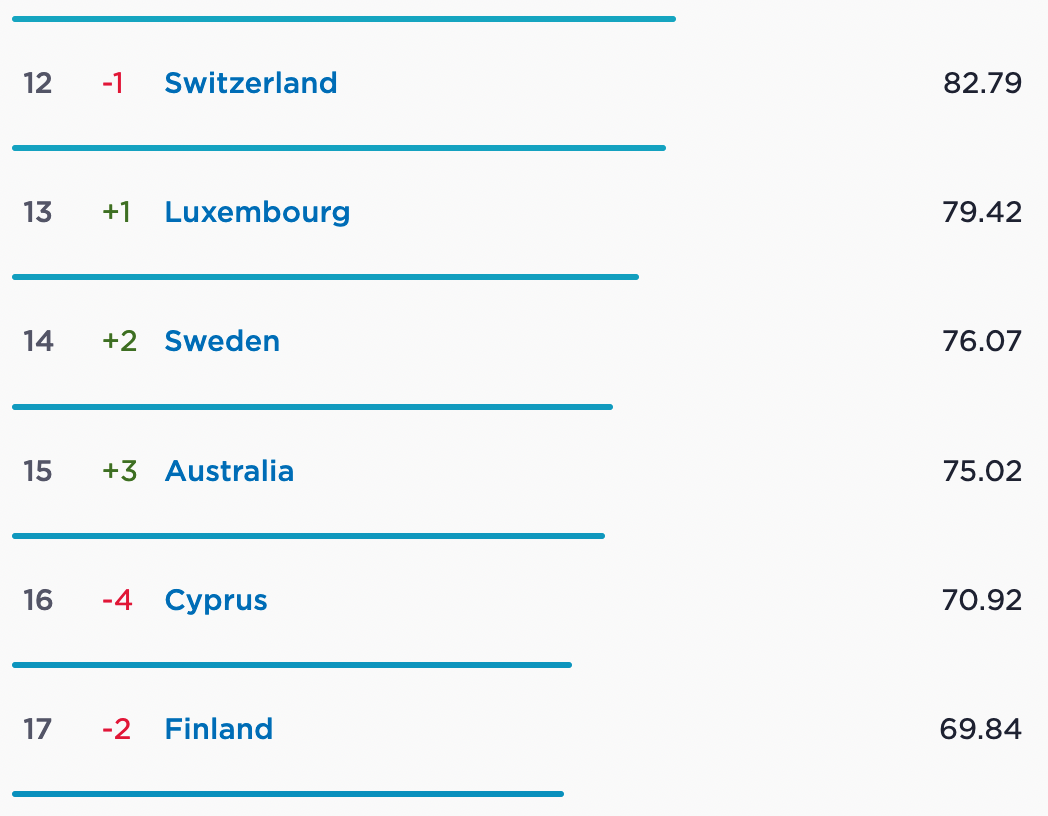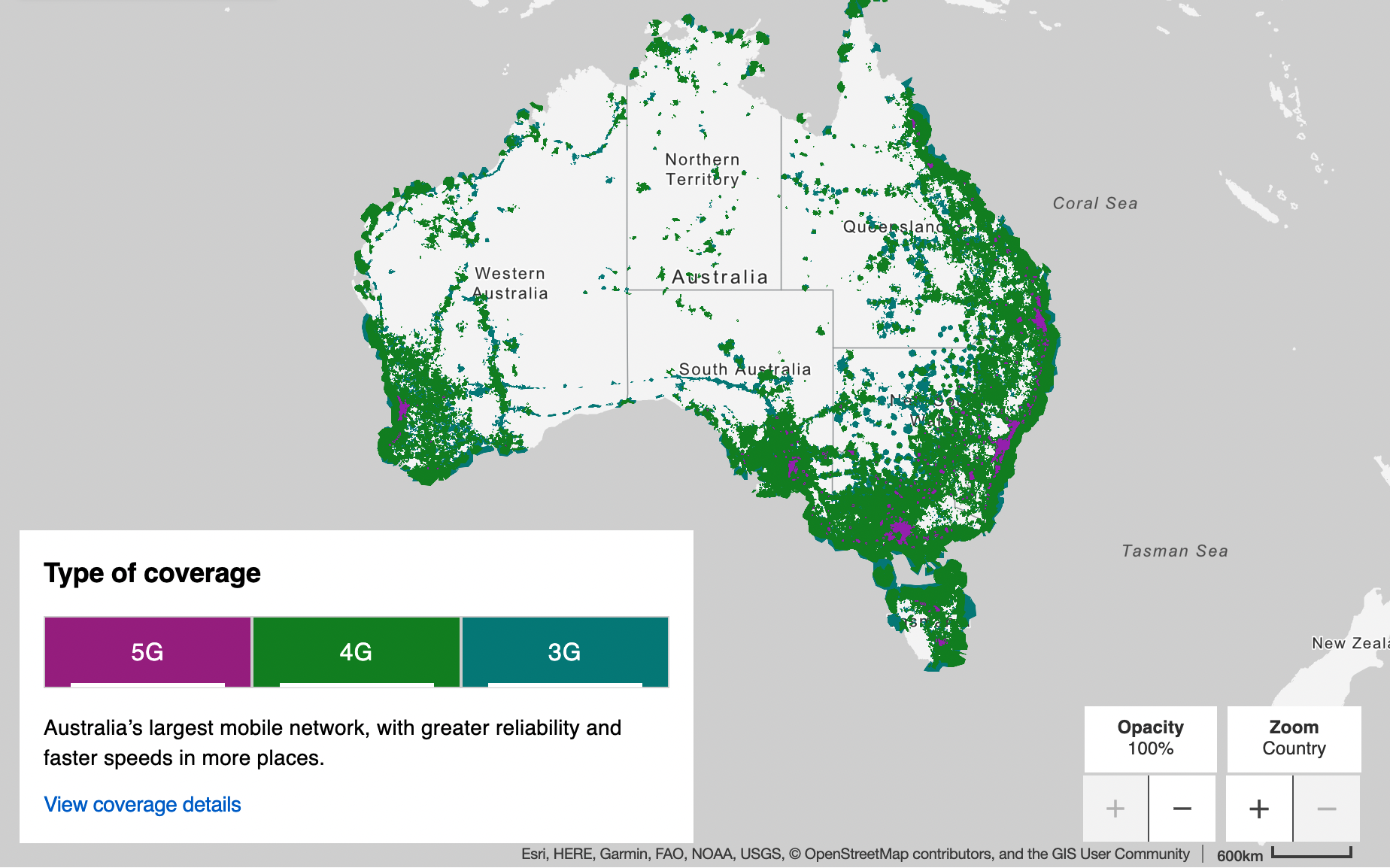5G is most definitely the next big technology thing, especially here in Australia. While many Australian homes and companies went through the motions, and pains, of involuntarily switching to the nbn™, some small and medium local businesses are actually choosing to bypass this service in favour of a 5G cellular connection. According to a recent report by Microsoft, 5G home and business internet is currently in the early adopter phase. As of the end of 2021, there were only a few million active subscribers, but experts are forecasting over 3 billion new subscribers will be added between now and 2025.
While the nbn™ is a fixed-line network and 5G is cellular, it has been proven without a doubt that 5G is currently faster. The minimum speed that 5G users can expect is 50Mbps, and in controlled testing, the technology has delivered speeds of as high as 20Gbps. Most nbn™ users can only access maximum speeds of 100Mbps, or even 50Mbps. It also has to be said that the $51 billion-dollar (so far) nbn™ has been a national disappointment, with the ABC referring to it as ‘the infrastructure project everyone loves to hate’. On the current Global Speedtest Index for fixed download speeds, Australia sits at a very ordinary 68th, behind New Zealand, Kuwait and Moldova. But, our speedtest ranking for mobile or cellular data is 15th. This is largely due to the 5G rollout.

As snapshot of current ratings from the Global Speedtest Index.
Obviously, 5G comes with some disadvantages such as limited coverage. At the time of writing, 5G is more or less exclusive to major cities in Australia. It is slower to roll out here than in the US, but once coverage is more expansive, 5G could significantly increase the speed at which you can do business. As reported by Forbes.com, ‘the increases in bandwidth, reliability and streaming speeds available with 5G will enable businesses to utilise the full capabilities of advanced data-driven technologies like IoT, artificial intelligence (AI) and machine learning.’ While a cellular-based network isn’t optimal for major enterprises that require fixed connections and LANs for thousands of users, it is a viable option for SMBs.
How to set up your 5G router correctly
Internet interruption means business disruption, so to get your small to medium business (SMB) performing with optimal 5G internet speeds, correct router placement can make a considerable difference. This is especially critical with cloud-based operations that rely on internet speeds to perform daily tasks. Just as your mobile shows varying signal strengths depending on where you are located, your office router needs to be positioned where it is going to get the absolute best signal. This means having a clear gateway between your router and the closest cellular tower. As the biggest managed IT services provider in Geelong, our Evologic team members have seen some less-than-ideal router placements at businesses over the years. It’s often one of the first things we rectify when working with a new client.
When it comes to 5G, signal direction is one of most important factors to consider when maintaining a high quality of service, speed and reliability. Essentially, this means that you should have the clearest path possible between your router and the cellular tower. We recommend that businesses place the router on the top floor of the building, near a window and placed out of direct sunlight. Finally, be sure to locate the position of the closest 5G tower and place your router on this side of the building. The location of your nearest tower will depend on your 5G provider, so check their coverage maps or get in touch with them for tower locations. Telstra has the widest coverage of any 5G network.

Depending on the size of your business and whether you work across multiple floors, you may need a mesh network or range extenders. You can always ask our managed IT services team for advice on what’s best for your operation.
When it comes to general Wi-Fi router placement, we’ve seen a few doozies. For one client who complained of constant connectivity issues, we found they were keeping their router in a cupboard blocked by the photocopier. We’ve also seen routers placed on top of other appliances or in direct sunlight where they have overheated, as well as in closed-off areas such as internal kitchens or storerooms. Just remember to treat your router like a valued, hard-working employee. Give it ideal office placement and treat it with respect to reap the reward of optimised business performance.


